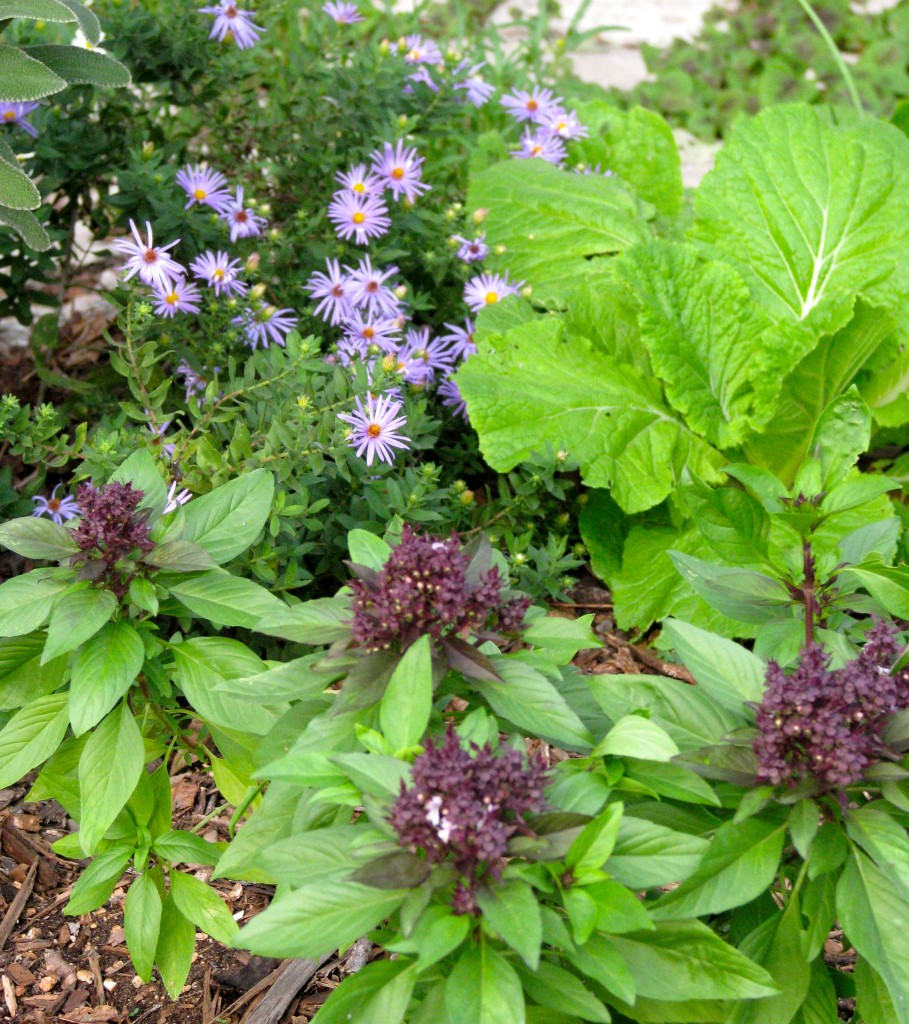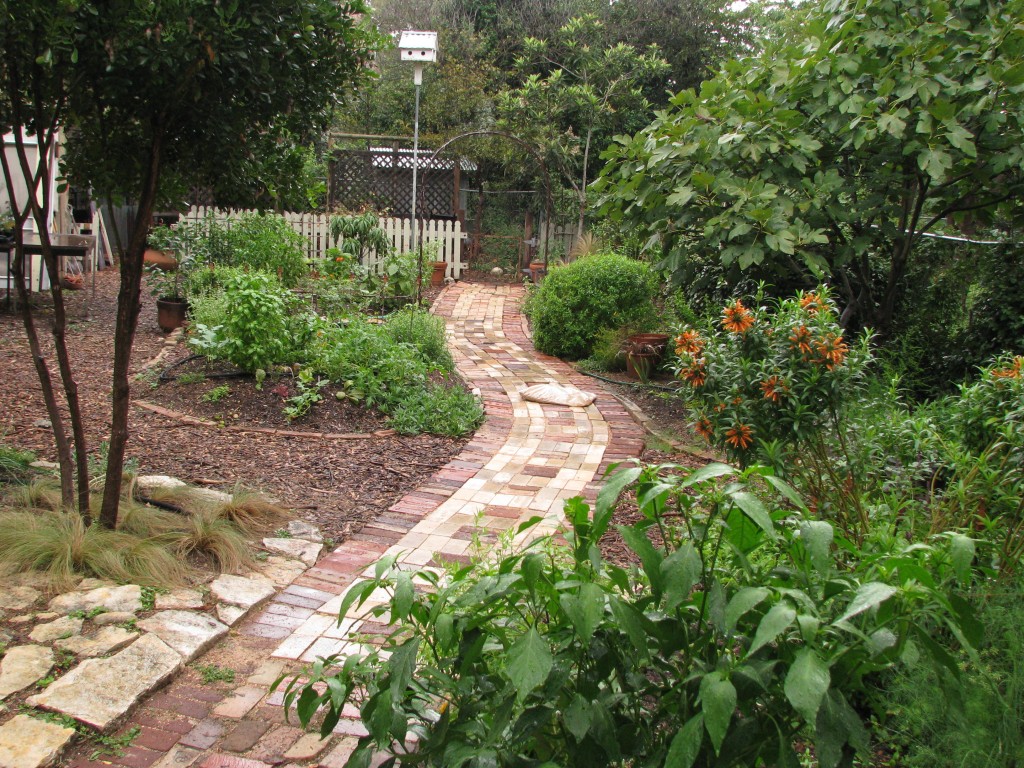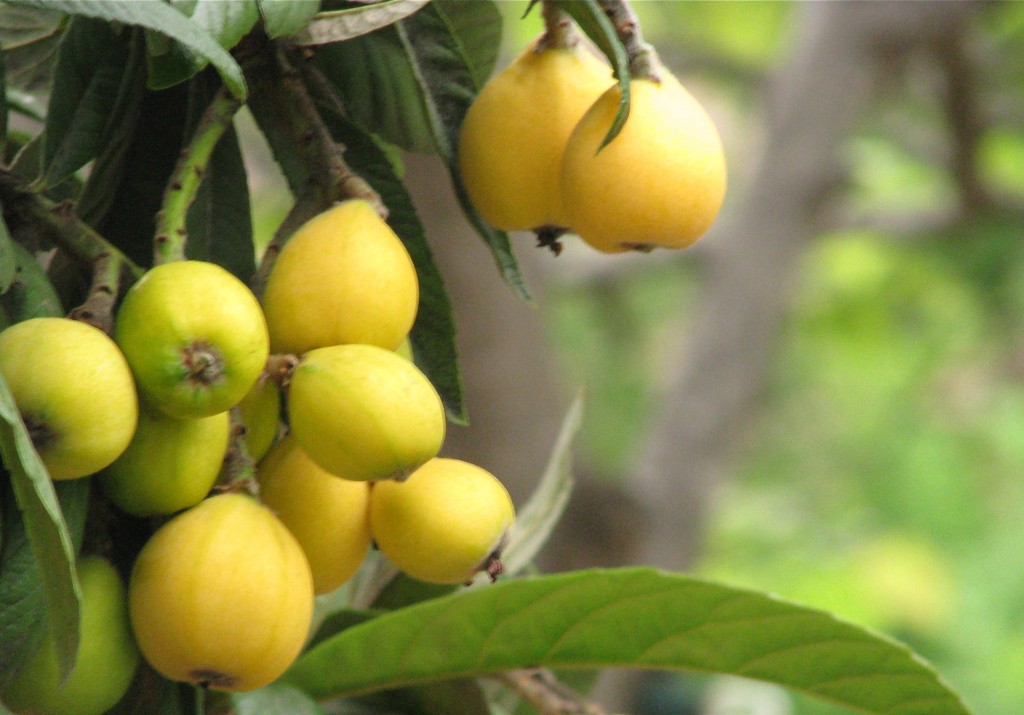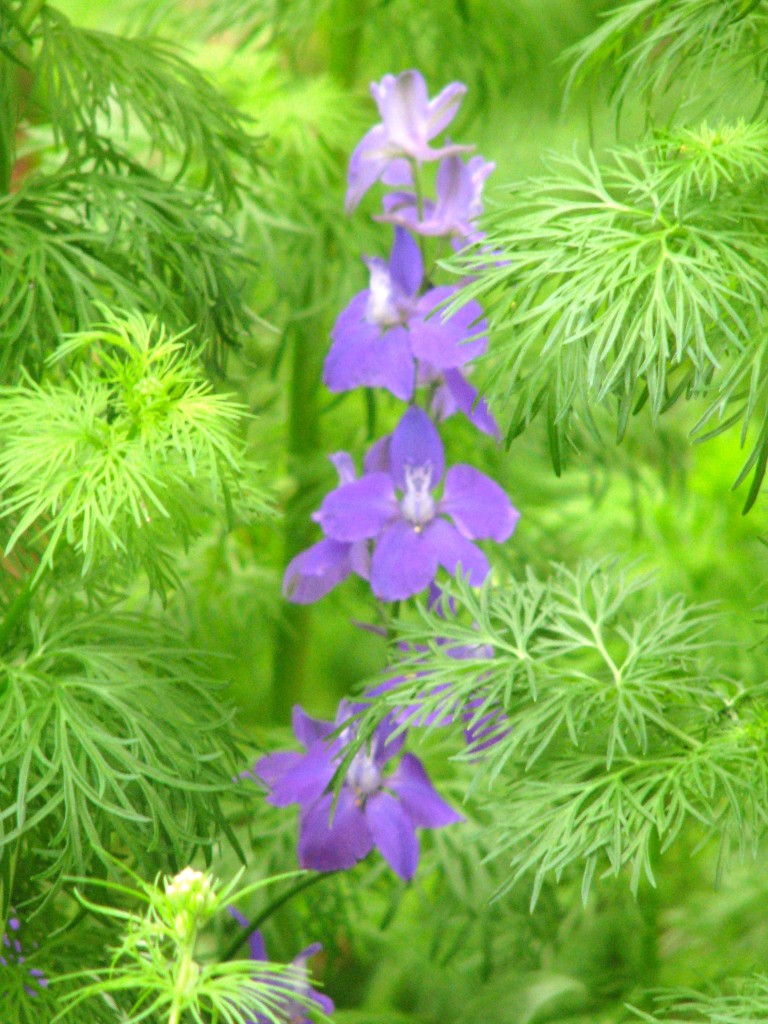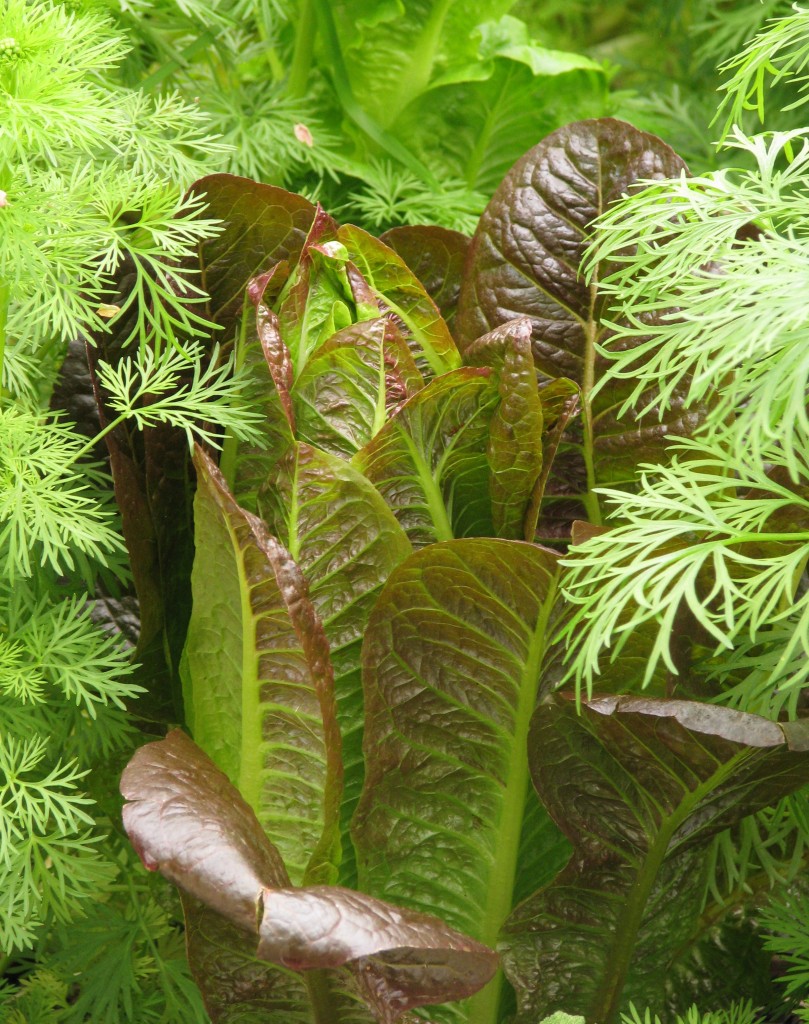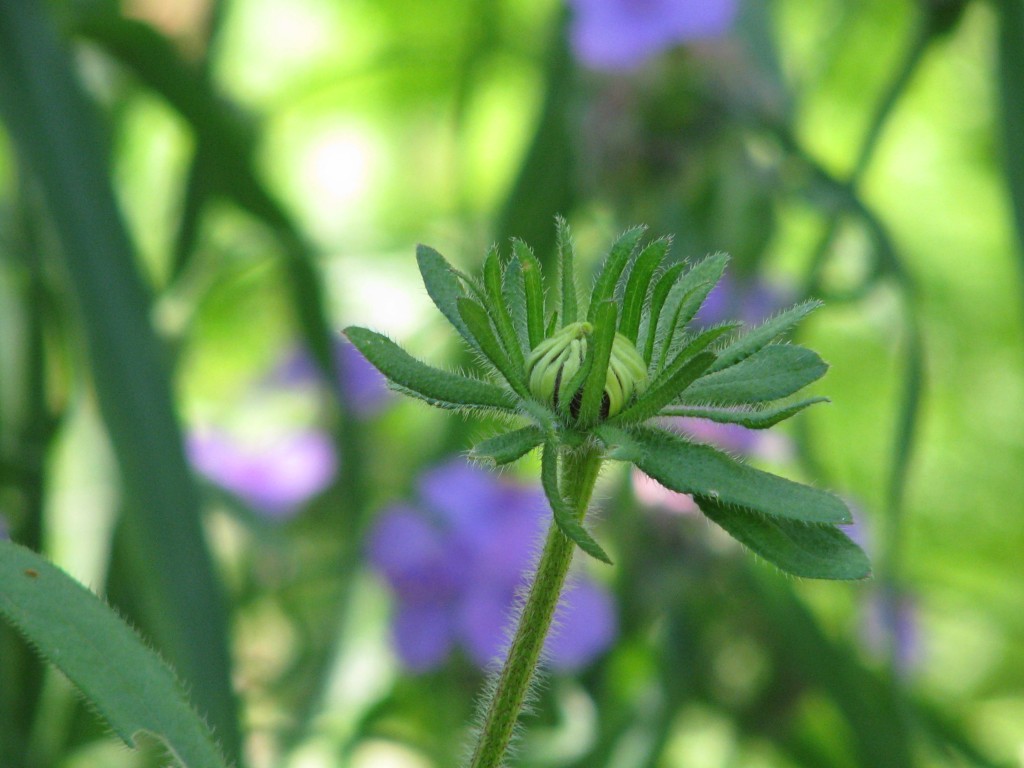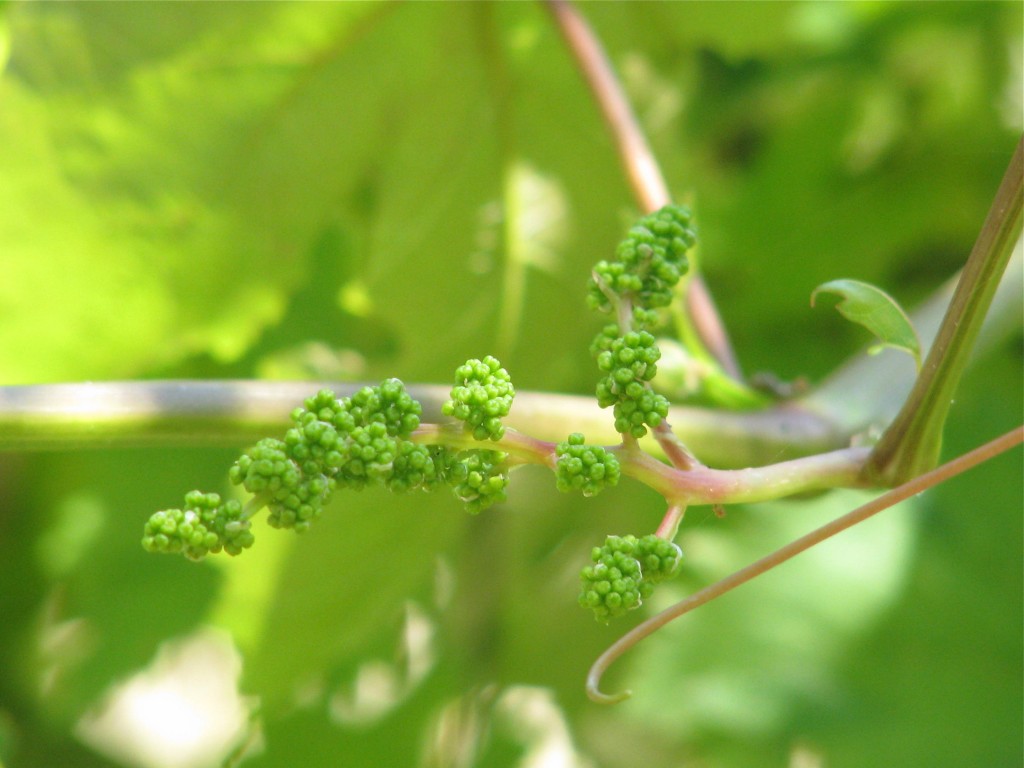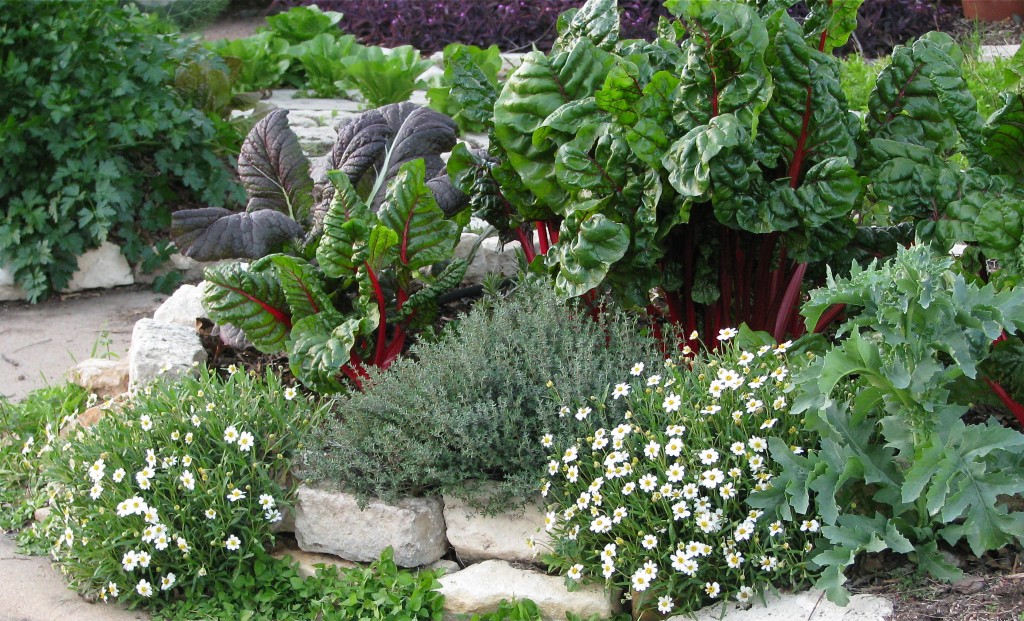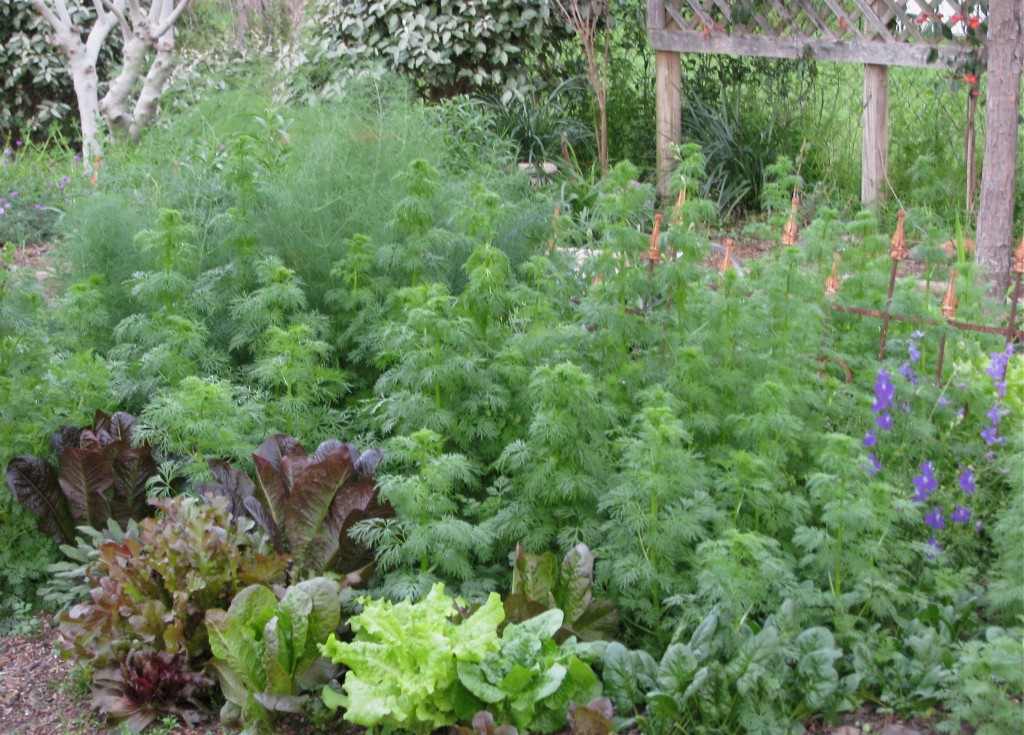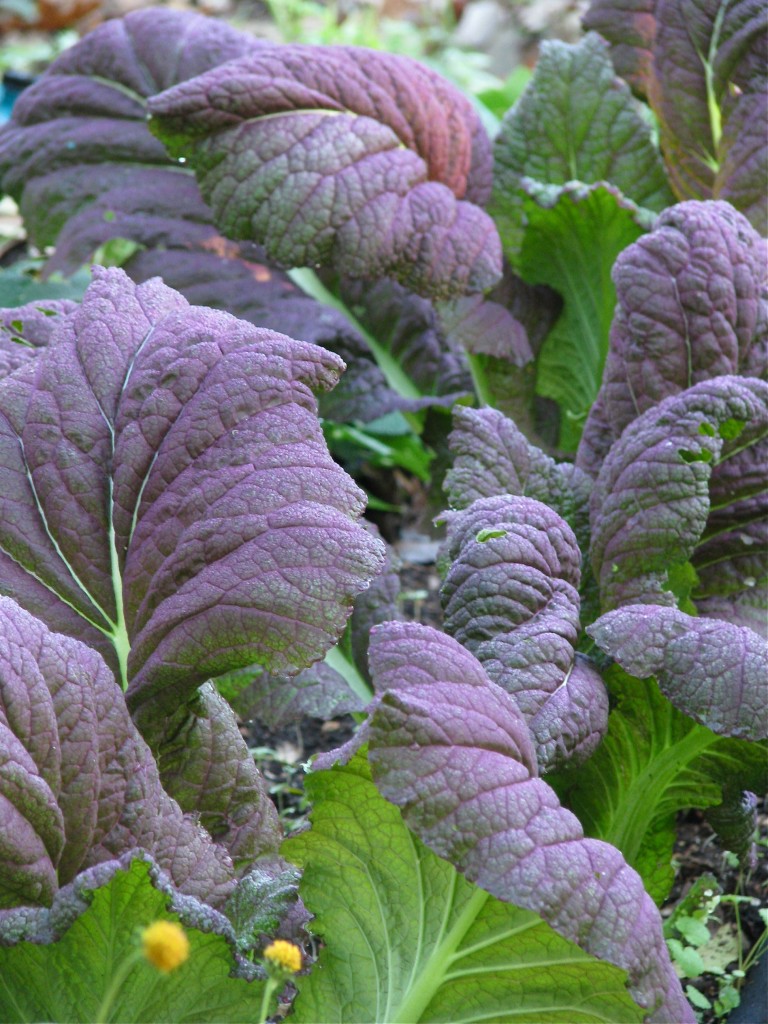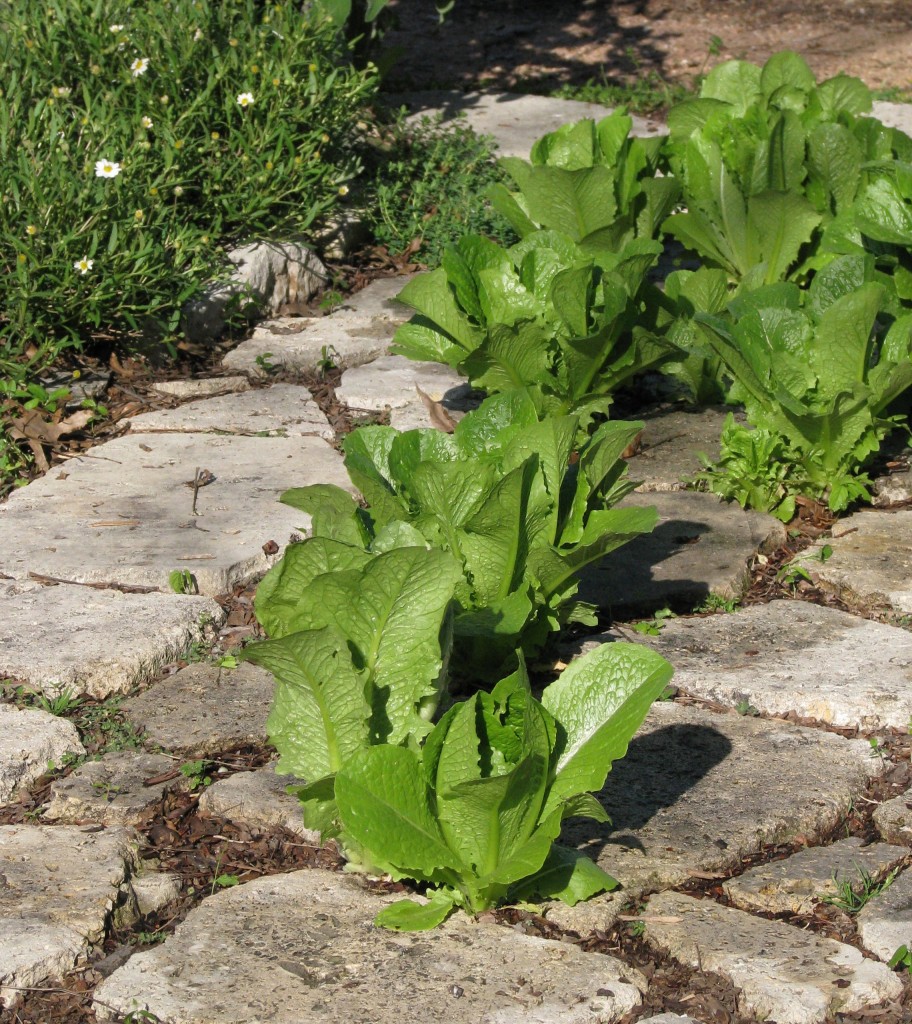The Inside Austin Gardens tour is only two days away, and I’m feeling surprisingly mellow. Yes, my garden is on the tour, and yes, I’m one of the featured speakers that day. And yes, I’ve been incredibly busy getting the garden spruced up and ready for viewing.
So why am I not freaking out? Well, I’ll tell you. But first, a little about the tour:
On Saturday, from 9 am to 4 pm, my garden will be on parade along with six other area gardens chosen by the Travis County Master Gardeners. This is a great chance to get an up close look at the gardening methods and different design sensibilities of a handful of experienced gardeners. This year’s tour focus is edible gardening, a topic near and dear to my heart, so I am thrilled (and honored) to be part of this event. Funds raised from ticket, plant and book sales will help to support the continued good work of the master gardeners of Travis County, a group of hardworking and talented volunteer gardeners dedicated to demonstrating and teaching the art and the science of good gardening. Here’s a link to find out more about the event: http://www.tcmastergardeners.org/what/gardentour.html
And if you missed “Central Texas Gardener’s” pre-tour show and interviews last weekend, you can catch up here: http://www.klru.org/ctg/blog/?p=8372.
OK, so how to explain my Zen attitude despite the fact that about a hundred people (or more!) will be descending on my garden in less than 72 hours? I have a new hard-working, motivational helper (and no, I’m not talking about xanax or adderall) who has inspired me to keep working toward my goal, regardless of the heat, the rain, the chigger bites, the sore back and the occasional “huh?” I get from friends who stop by to see what I’m up to.
Here’s a picture of my little Zen buddy hard at work in the garden:
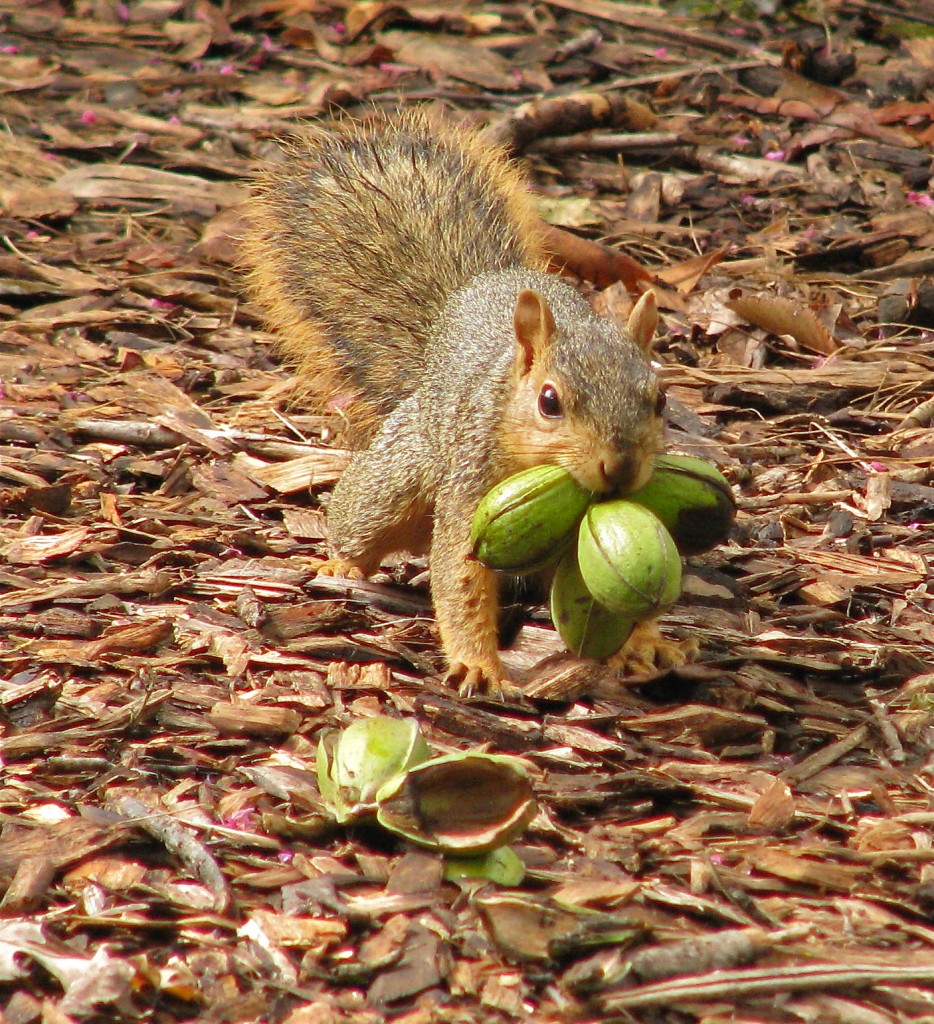
This is not to say that I’m not grateful for the several hours of real help — weeding and mulching — I’ve received from human friends (thank you, dear friends; you know who you are), but this little fuzzy buddy (who I’ve started calling Bud) is amazing. His work in my garden is all about food gathering — snipping pecan clusters from my tree (and my neighbor’s tree), burying some of the nuts and eating the rest. (Not all that different from what I do with my vegetable and fruit harvests, now that I think about it.)
Bud’s nut clusters usually contain 3 or 4 nuts, but I saw him carry one limb that had six nuts on it. That was the day he stumbled and missed as he leaped from one tree to another. He landed with a big plop on the ground, and the nuts went flying. He snatched up what was left of the little pecan limb (now lighter after losing a few nuts in the fall), looked up at the elusive tree and bounded up the trunk. I couldn’t help but smile — despite the fact that he is slowly but surely stealing all my pecans.
Sidenote: I am not the only one who’s paying extra attention to fox squirrels lately. In a new research project, a team at UC Berkley is documenting all sorts of interesting things about what it means to be a fox squirrel. Fox squirrels are loners, for example, and are apparently quite happy that way. Here’s my favorite part of the study: Using GPS technology, researchers are tracking squirrels’ nut-stashing activities in hopes of learning once and for all how they are able to accurately retrieve so many of their own nuts. So far, about 1,000 nut burial sites have been recorded and mapped. And contrary to popular belief, according to these professional squirrel watchers, these little guys are actually quite good at remembering where they buried their nuts. Researchers think there’s a special cognitive talent not related to a sense of smell that guides their nut recovery missions. Yeah, yeah, I know. I’m a nature nerd. But if you are too, here’s a link to the squirrel project: http://newscenter.berkeley.edu/2012/10/03/squirrelnuts/ The Berkley researchers have also noted that when a squirrel is blocked from something he wants, usually some sort of food, he doesn’t just shrug and walk away. He studies the problem and tries to solve it. Well, yeah, duh. That’s no big surprise to an urban gardener.
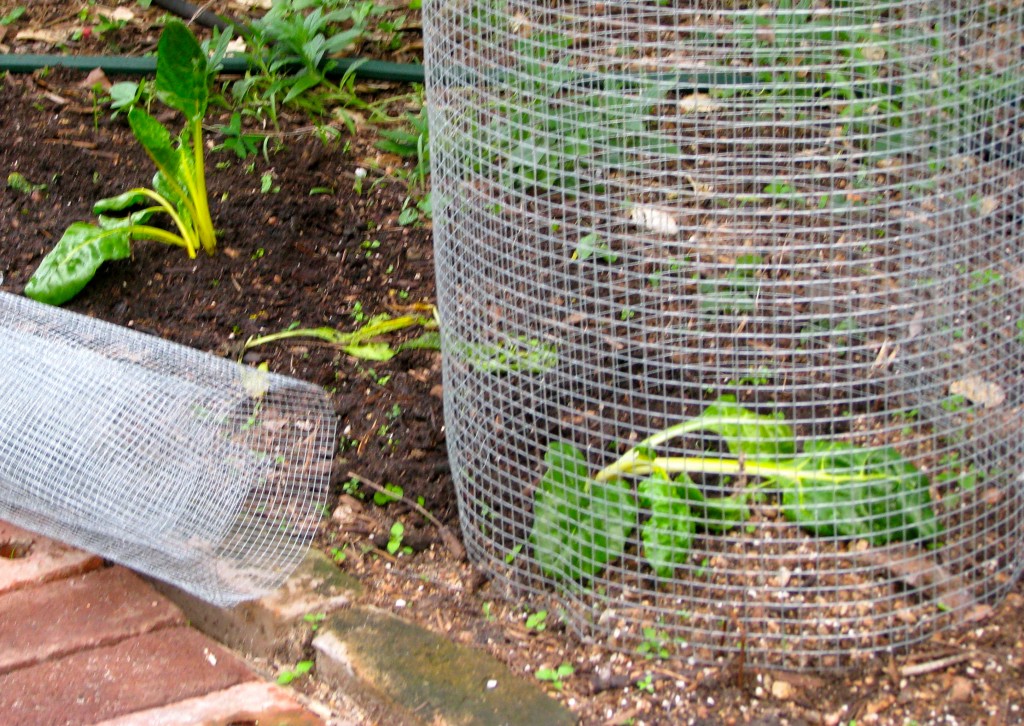
Bud is also fond of Swiss chard. Twice I’ve planted yellow chard seeds and twice Bud has nibbled and shredded the seedlings into nonexistence. (He’s no dummy; Swiss chard and pecans taste great together!) But instead of getting pissed, I have been inspired by his great determination and problem solving skills to take action. I purchased several large transplants from a local nursery, planted them, and then covered them with hardware cloth cages, which I secured to the ground with long metal stakes. That was three days ago and so far Bud has left them alone. I don’t think this means necessarily that my problem solving skills are better than his. He may yet revisit the chard and figure out how to get under the cage. I’ll just have to wait and see.
I’m applying the wait and see approach to other parts of the garden too. I have some green heirloom tomatoes on the vine that don’t seem to be attracting any 4-legged attention. And the army worm march across the green bean plants has been averted (squish, squish).
But I know no matter how diligent I am over the next two days, not all of my garden projects will be finished by tour time. And no matter how many army worms I squish, my planting beds will not be bug free. But that’s ok. Just like Bud, I’m willing to hang in there and solve problems as they arise — all for the love of growing and eating good food. Bud and the worms will get some of my harvest, but not all of it.
And finally, although I’m feeling pretty chill about the tour (and my resident squirrel), I can’t quite shake the tiny worry in the back of my brain that a plague of grasshoppers or a freaky hailstorm might swoop in and flatten everything. So just in case, here are a few photos to document how my garden was looking earlier this week:
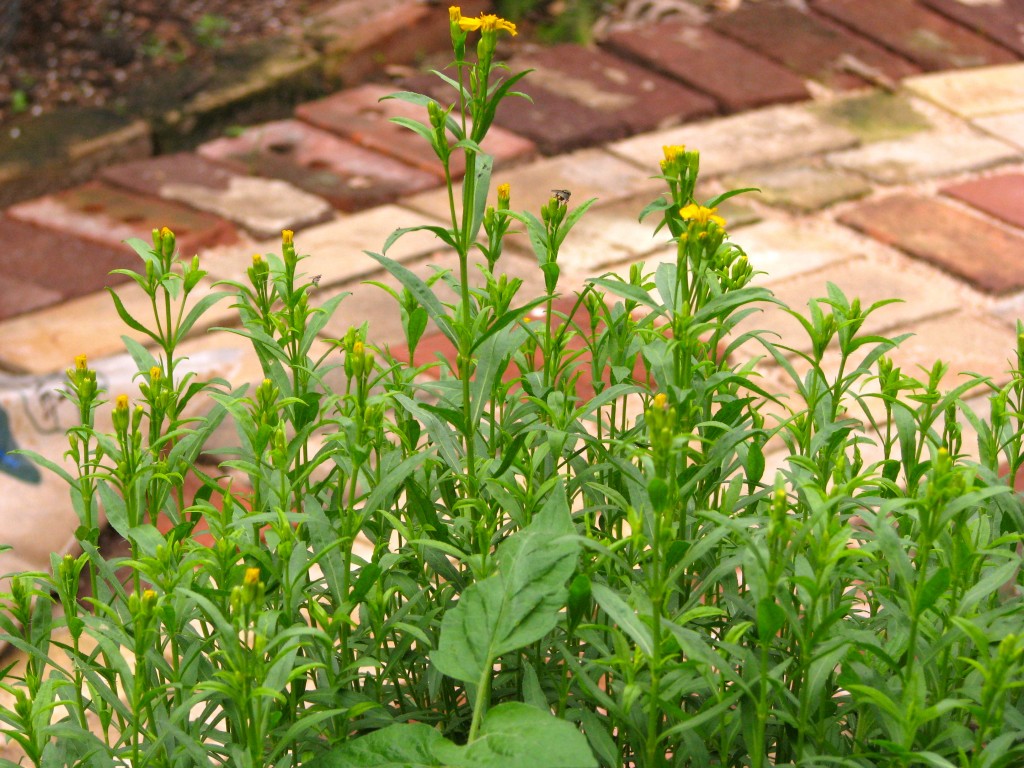
In the backyard garden, Mexican tarragon is ready to start blooming just in time for the tour.
Fall asters are coming on next to Siam basil and Chinese cabbage in the front yard garden. Love it when summer, fall, and winter plants share garden space so happily.
And finally, for those who know me and my garden: I rounded up enough vintage bricks to finish the path! So the brick path that for so long has gone nowhere now has a destination — the big compost pile behind the back picket fence.
Happy gardening and hope to see you on tour day…..







